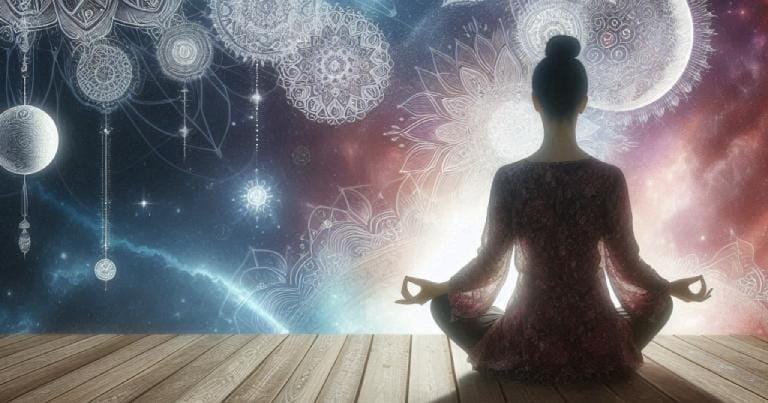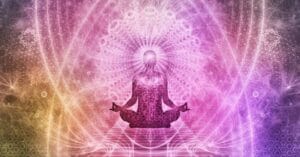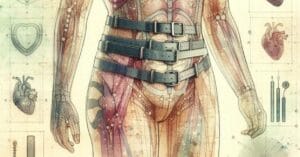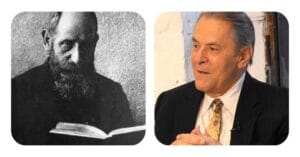Chakras (Sanskrit: wheel, circle) are various focal points used in many ancient meditation practices. Energy centers that transform the energy that passes through them.
The concept is found in the early traditions of Hinduism. Beliefs in Indian religions vary, with many Buddhist texts consistently mentioning five chakras, while Hindu sources mention six or even seven.
The modern Western chakra system emerged from a variety of sources, beginning in the 1880s, followed by Sir John Woodroffe’s 1919 book The Serpent Power and Charles Leadbeater’s 1927 book The Chakras, which introduced seven rainbow colors for the chakras.
Human life was believed to exist simultaneously in two parallel dimensions: one “physical body” and another “psychological, emotional, mental, non-physical” called the “subtle body”.
The subtle body is made up of nadi (energy channels) connected by psychic energy nodes called chakras.
This subtle bodily network of nadis and chakras is, according to some later Indian theories and many New Age suggestions, closely linked to the emotions.
The most common and best-studied chakra system includes the six main chakras, plus a seventh center that is not usually considered a chakra.
These points are arranged vertically along the axial channel (the Sushumna nadi in Hindu texts, the Avadhuti in some Buddhist texts). According to Gavin Flood, this system of six chakras plus the sahasrara “center” at the crown first appears in the 11th-century Kubjikamata Tantra.
In both Hindu and Buddhist traditions, the chakras are permeated by a dormant energy located near or in the lowest chakra. In Hindu texts it is known as Kundalini, and in Buddhist texts it is known as Chandali or Tummo (Tibetan: gtum mo, “fierce”).
In yoni massage it is very important to awaken the energy in the pelvic area and to raise this energy up the body through the chakras and nadi channels.
Other details of the massage are described in the online course about yoni massage.





